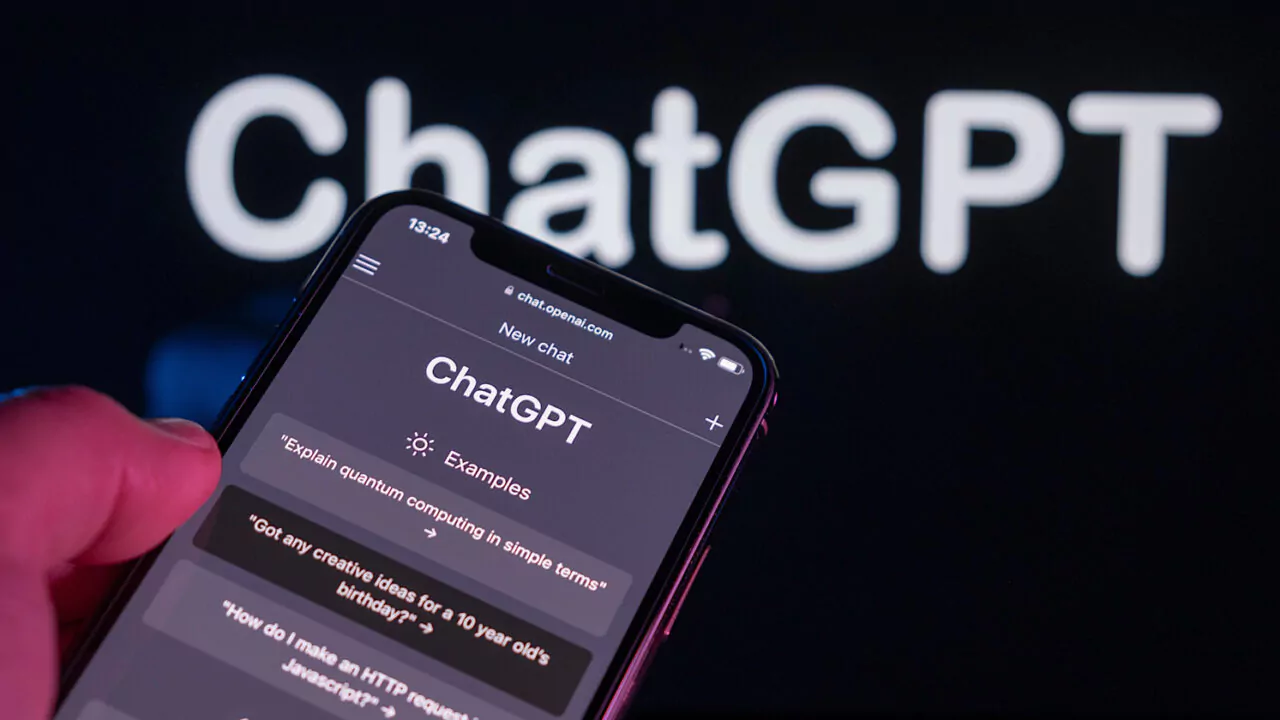Two Harvard students have unveiled an alarming AI-powered device called “I-XRAY,” inspired by Meta’s smart glasses, that can potentially invade individuals’ privacy without their consent.
This innovative gadget utilizes facial recognition software and AI to quickly identify people and retrieve their personal information. In a striking demonstration video, the glasses revealed the names and details of strangers in real-time, including home addresses, work histories, and even the names of their parents.
The glasses work by streaming facial data to a computer program that matches the captured faces with publicly available images online. Once identified, the AI extracts information such as names, occupations, and other personal details, which is then displayed through a separate application developed by the students.
Engineers AnhPhu Nguyen and Caine Ardayfio created I-XRAY while studying at Harvard University in Cambridge, Massachusetts. Despite the capabilities of their invention, the duo emphasized that the tool was not intended for misuse and that they would not be releasing it to the public.
“The purpose of building this tool is not for misuse, and we are not releasing it,” they stated in a document outlining the technology. “Our goal is to demonstrate the current capabilities of smart glasses, face search engines, large language models, and public databases. We’re raising awareness that extracting someone’s home address and other personal details from just their face on the street is possible today.”
Nguyen shared a video of the technology on X (formerly Twitter), posing the question, “Are we ready for a world where our data is exposed at a glance?” The video showcased the combination of existing technologies used to create AI glasses capable of revealing personal details merely by looking at individuals.
The I-XRAY glasses utilize FastPeopleSearch, an online tool that allows users to find personal information, such as home addresses, phone numbers, ages, and family connections, using just a name and public records. Nguyen explained in the video, “It’s all fed back to an app we wrote on our phone.”



